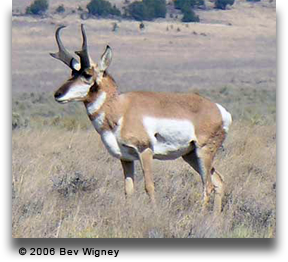
The men of the Corps of Discovery must have been electrified by their first sighting of the pronghorn antelope at the northeast corner of today’s state of Nebraska. Naturalists were eager to find the answers to some basic questions about them.
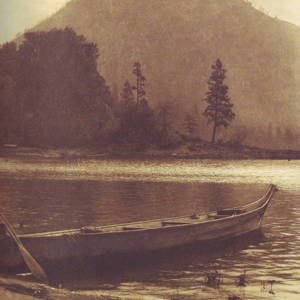
Wind Mountain was at the western extent of a series of Upper Chinookan villages called by Lewis and Clark the “Chilluckkittequaw nation.” Apparently, when asked for a tribal name, the captains were given the word for ‘he pointed at me’. Chilluckittequaw was adopted as their name a century later by early ethnographer Frederick Hodge. Between Wind Mountain and Hood River, nine villages have been identified, some overlapping with Klickitats

En route to the Pacific Ocean, Lewis and Clark saw both species of eagles that are native to North America: the black-and-white one called the bald eagle, and the brown-and-gold one commonly known as the golden eagle, but which the explorers knew as the grey eagle.
At lewis-clark.org, the Discovering Lewis & Clark website, we respect the privacy of our visitors. This Privacy Policy document describes the types of information that is collected and recorded by this website and how we use it. Cookies We want to make our website more user-friendly and continuously improve it. We use cookies to collect […]
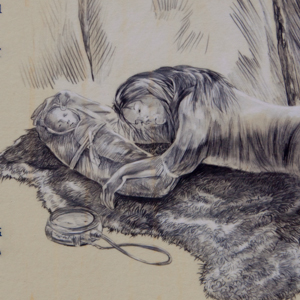
Below the Great Falls of the Missouri, Sacagawea‘s health deteriorates, and Charbonneau asks her to return home. Several miles ahead, Lewis fishes and describes a prairie rattlesnake in minute detail.
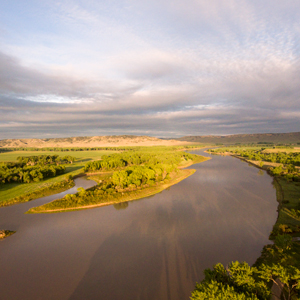
They tow the boats twenty miles reaching the fertile Judith River Basin. Lewis finds the change reviving. In St. Louis, military commander James Bruff proposes a mission for the expedition’s barge.

Lewis sends Thomas Jefferson Osage orange cuttings from Pierre Chouteau’s garden and in one of the Indian camps near the mouth of the Missouri, Clark meets Simon Girty, an infamous American traitor.

At Wood River, Illinois, the day begins with sub-zero temperatures. While they are in St. Louis, the captains leave specific orders for Sgt. Floyd regarding quarters and stores.
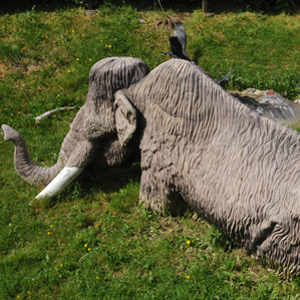
Lewis is likely at Big Bone Lick collecting fossils and fellow travelers Thomas Rodney and Nicholas Cresswell describe the diggings that he saw. Elsewhere, the U.S. Army expects problems with Spain.
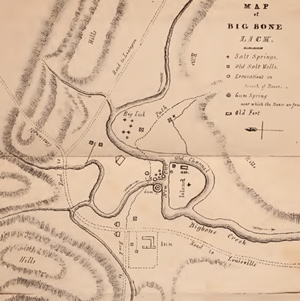
On or near this date, Lewis leaves Cincinnati for Big Bone Lick where he expects to collect fossils for Thomas Jefferson. Elsewhere, tensions rise between Spain and the United States over Louisiana.
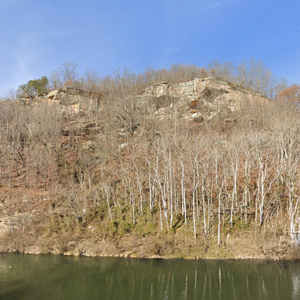
On or near this date, Lewis passes a notable hanging rock and the Ohio River towns of Alexandria (Portsmouth, Ohio) and Vanceburg, Kentucky. Travelers Fortescue Cuming and Thomas Rodney describe the area.
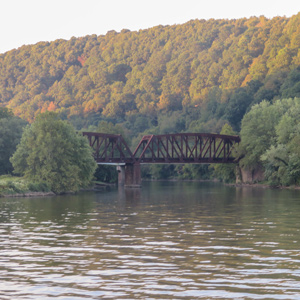
As they leave Pennsylvania along the Ohio River, the pirogue springs a serious leak, so they must stop to repair it. Lewis buys a canoe, but it too leaks. Camp is near Newell in present West Virginia.

As he waits in Pittsburgh for the military barge to be completed, Lewis leaves little record of his day-to-day activities. The role of flatboats in Ohio River commerce was described by other travelers.

From Natchez, William Claiborne, Governor of the Mississippi Territory, answers President Jefferson‘s Louisiana questions and describes smuggling at New Orleans—an activity experienced by William Clark.

Meriwether Lewis is in Pittsburgh having a military barge built prior to departure down the Ohio River—perhaps at Fort Fayette. Remnants of two earlier forts—Pitt and Duquesne—can still be seen.

Lewis is in Pittsburgh having a military barge built prior to departure down the Ohio River. From Washington City, orders are issued to lease land in Kaskaskia to build an American Army post.

Amos Stoddard given orders to establish an Army fort in preparation for the transfer of Louisiana and Jefferson’s Western expeditions. Meriwether Lewis is in Pittsburgh having the barge built.
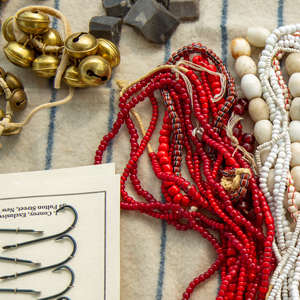
In Philadelphia, Israel Whelan buys Indian gifts and fishing tackle. Spain announces the retrocession of Louisiana and Washington City learns that the port of New Orleans has reopened to American trade.
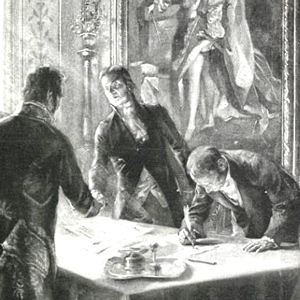
The French-language version of the Louisiana Purchase Treaty and Convention is signed in Paris, France, and Robert Livingston writes to President Thomas Jefferson to tell him the news.

James Monroe is presented to Napoleon and wordsmithing of the Louisiana Convention continues. Secretary of State James Madison writes a letter telling of imminent war between Britain and France.



















